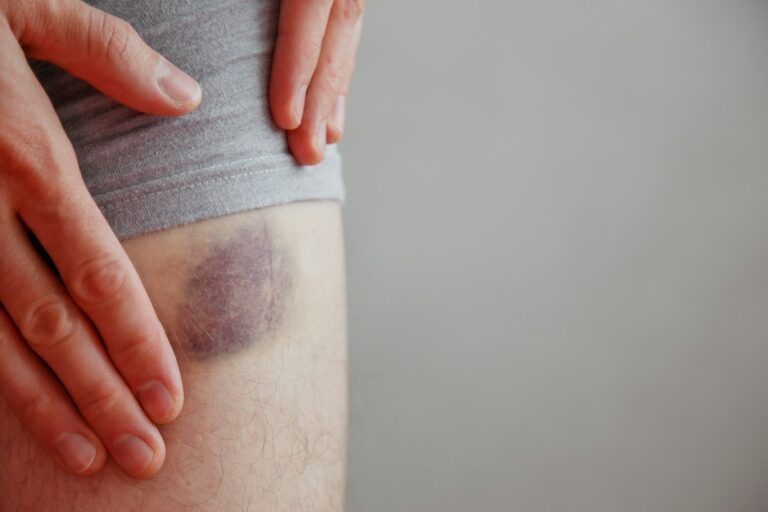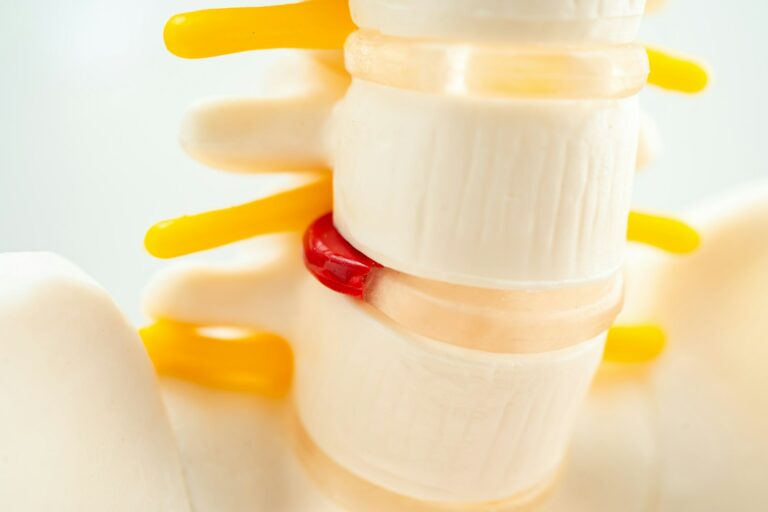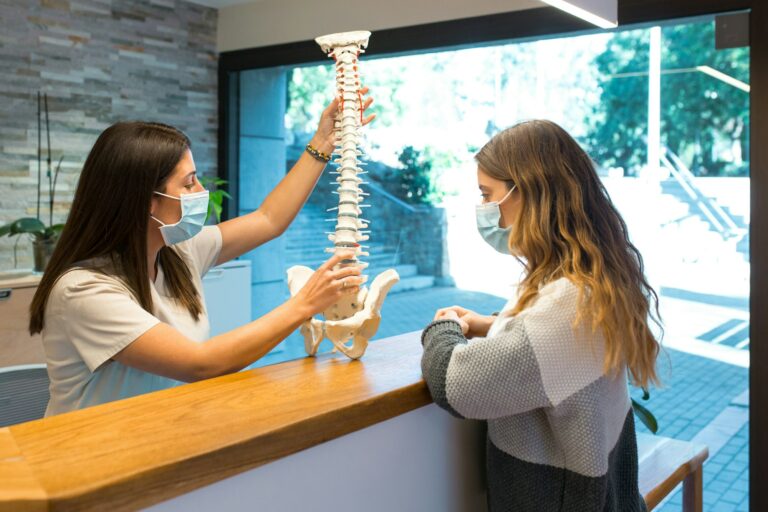At Charleston Pain Relief and Wellness Center, we are dedicated to providing the most advanced and effective treatment options to help you manage pain, promote healing, and improve your overall well-being. Here is an in-depth look at our innovative treatment options:
Mesenchymal Stem Cells (MSCs)
What Are MSCs?
Mesenchymal Stem Cells (MSCs) are multipotent stromal cells capable of differentiating into various cell types, including bone, cartilage, muscle, and fat cells. These cells are typically harvested from bone marrow, adipose tissue, or umbilical cord tissue.
How Do MSCs Work?
MSCs work through a process called paracrine signaling. They secrete bioactive factors such as growth factors, cytokines, and extracellular vesicles that promote healing and regeneration of damaged tissues. Additionally, MSCs have immunomodulatory properties, meaning they can regulate the immune system to reduce inflammation and support a healing environment.
What Conditions Can MSCs Treat?
MSCs are used to treat a wide range of conditions, including:
Osteoarthritis: MSCs can regenerate cartilage and reduce joint inflammation.
Musculoskeletal Injuries: MSCs promote the repair of tendons, ligaments, and muscles.
Autoimmune Diseases: MSCs modulate the immune system to reduce inflammation and symptoms.
Neurological Conditions: MSCs can promote neural regeneration and improve outcomes in conditions like stroke and Parkinson’s disease.
Benefits and Risks
Benefits:
- Tissue regeneration and repair
- Immunomodulation and reduced inflammation
- Minimally invasive treatment
- Low risk of immune rejection
Risks:
- Low persistence rate at the injury site
- Potential for tumor initiation and promotion (rare)
- Infection risk
- Temporary pain and swelling at the injection site
Platelet-Rich Plasma (PRP)
What Is PRP?
Platelet-Rich Plasma (PRP) is a concentrated form of your own blood that contains a high number of platelets. Platelets are known for their role in clotting, but they also release growth factors that stimulate healing and tissue regeneration.
How Does PRP Work?
PRP is prepared by drawing a small amount of your blood, which is then spun in a centrifuge to separate the platelets from other blood components. The concentrated platelets are then injected into the affected area, delivering a high dose of growth factors to promote healing.
What Conditions Can PRP Treat?
PRP is effective in treating:
Musculoskeletal Injuries: Tendonitis, ligament tears, and muscle strains
Osteoarthritis: Reduces inflammation and promotes cartilage repair
Hair Loss: Stimulates hair follicles to promote hair growth
Skin Rejuvenation: Improves skin texture and reduces wrinkles
Benefits and Risks
Benefits:
- Minimally invasive and uses the patient’s own blood
- Promotes tissue repair and regeneration
- Reduces inflammation
Risks:
- Temporary pain or swelling at the injection site
- Risk of infection
Alpha-2-Macroglobulin (A2M)
What Is A2M?
Alpha-2-Macroglobulin (A2M) is a protein naturally found in the blood that acts as a protease inhibitor. It neutralizes enzymes that degrade cartilage, thereby protecting joints and reducing inflammation.
How Does A2M Work?
A2M is isolated from the patient’s own blood and injected into the affected joint. It binds to and neutralizes proteases that contribute to cartilage breakdown, promoting joint health and reducing pain.
What Conditions Can A2M Treat?
A2M is primarily used to treat:
Osteoarthritis: Protects cartilage and reduces inflammation
Joint Injuries: Promotes healing and reduces pain
Benefits and Risks
Benefits:
- Protects cartilage and reduces inflammation
- Promotes joint health and mobility
- Minimally invasive
Risks:
- Temporary pain or swelling at the injection site
- Risk of infection
- Potential allergic reactions
Ozone Injections
What Are Ozone Injections?
Ozone therapy involves injecting a mixture of oxygen and ozone (O3) into the affected area. Ozone is a potent oxidizing agent that can stimulate healing and reduce inflammation.
How Do Ozone Injections Work?
Ozone injections work by improving blood circulation, reducing inflammation, and stimulating the body’s natural healing processes. The ozone mixture is injected directly into the affected area, promoting tissue repair and pain relief.
What Conditions Can Ozone Injections Treat?
Ozone therapy is effective in treating:
Osteoarthritis: Reduces pain and inflammation
Musculoskeletal Injuries: Promotes healing of tendons, ligaments, and muscles
Chronic Pain: Helps manage chronic pain conditions
Benefits and Risks
Benefits:
- Reduces inflammation and pain
- Promotes tissue repair and healing
- Minimally invasive
Risks:
- Temporary pain or discomfort at the injection site
- Potential for oxidative stress
- Risk of infection
Exosomes
What Are Exosomes?
Exosomes are tiny vesicles released by cells, particularly stem cells. They contain bioactive molecules such as growth factors, proteins, and genetic material that play a crucial role in cell-to-cell communication and tissue regeneration.
How Do Exosomes Work?
Exosomes promote healing and tissue regeneration by delivering bioactive molecules to the affected area. They stimulate cell proliferation, reduce inflammation, and support tissue repair.
What Conditions Can Exosomes Treat?
Exosomes are used to treat a variety of conditions, including:
Osteoarthritis: Promotes cartilage repair and reduces inflammation
Musculoskeletal Injuries: Supports tissue repair and healing
Neurological Conditions: Promotes neural regeneration
Benefits and Risks
Benefits:
- Promotes tissue regeneration and repair
- Reduces inflammation
- Minimally invasive
Risks:
- Limited clinical data
- Potential immune reactions
- Risk of infection
At Charleston Pain Relief and Wellness Center, we are committed to providing personalized care and innovative treatment options to help you achieve optimal wellness. Contact us today to schedule a consultation and learn more about how our treatments can benefit you.






















